
Pests can be a problem in any garden, with slugs, aphids and grubs wreaking havoc on plants and flowers. But thankfully, there are a number of non-toxic ways to keep detrimental insects at bay. As the following illustrations show, it takes five simple steps to reduce pest problems naturally.
1. The soil foundation should be healthy
This is where your plants will get their nutrients, water, oxygen, and root support from. A healthy foundation will enable them to thrive and will help your plants withstand pests. To save yourself the hassle of cleaning up after unwanted insects, keep these five points in mind:
Keep soil disturbance to a minimum: Refrain from routinely turning the soil as this leaves its surface bare causing erosion, harming soil microbes and earthworms in the process. By limiting soil disturbance, you will also be preserving the living systems in the soil. As an alternative, what you should do is layer amendments on top and let the earthworms aerate the soil.
Start a compost bin: This is an ideal way to supplement nutrition in the soil, creating a desirable soil structure. It simply entails adding one to two inches of well-decomposed compost to the garden each spring.
Use mulch where possible: With plants that are about four inches high, add about two to four inches of grass clippings and mowed leaves. Doing so will reduce water evaporation, suppress weeds, moderate soil temperature and prevent soil compaction.
Rotate crops each season: Repeatedly sowing seeds in the same beds will cause soil dwelling pest populations such as grubs, wireworms, and maggots to increase. But, rotating plant families to new beds each season will keep pests at bay.
2. Attract predators to keep your garden's pest problem under control
Believe it or not, many insects actually help plants grow, by pollinating, decomposing waste, and gobbling up pests. But, how can you tell which insects will cause havoc in your garden? Read through this guide to find out:
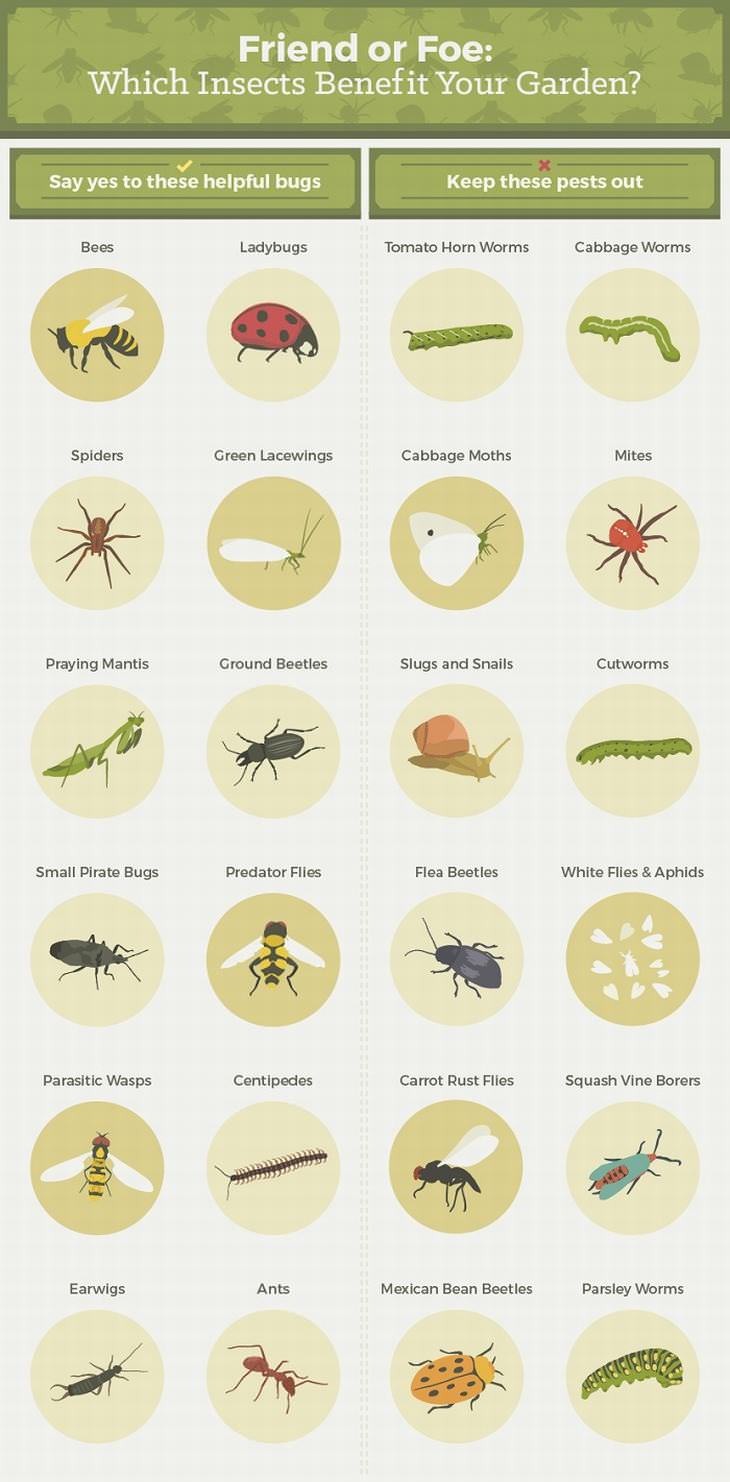

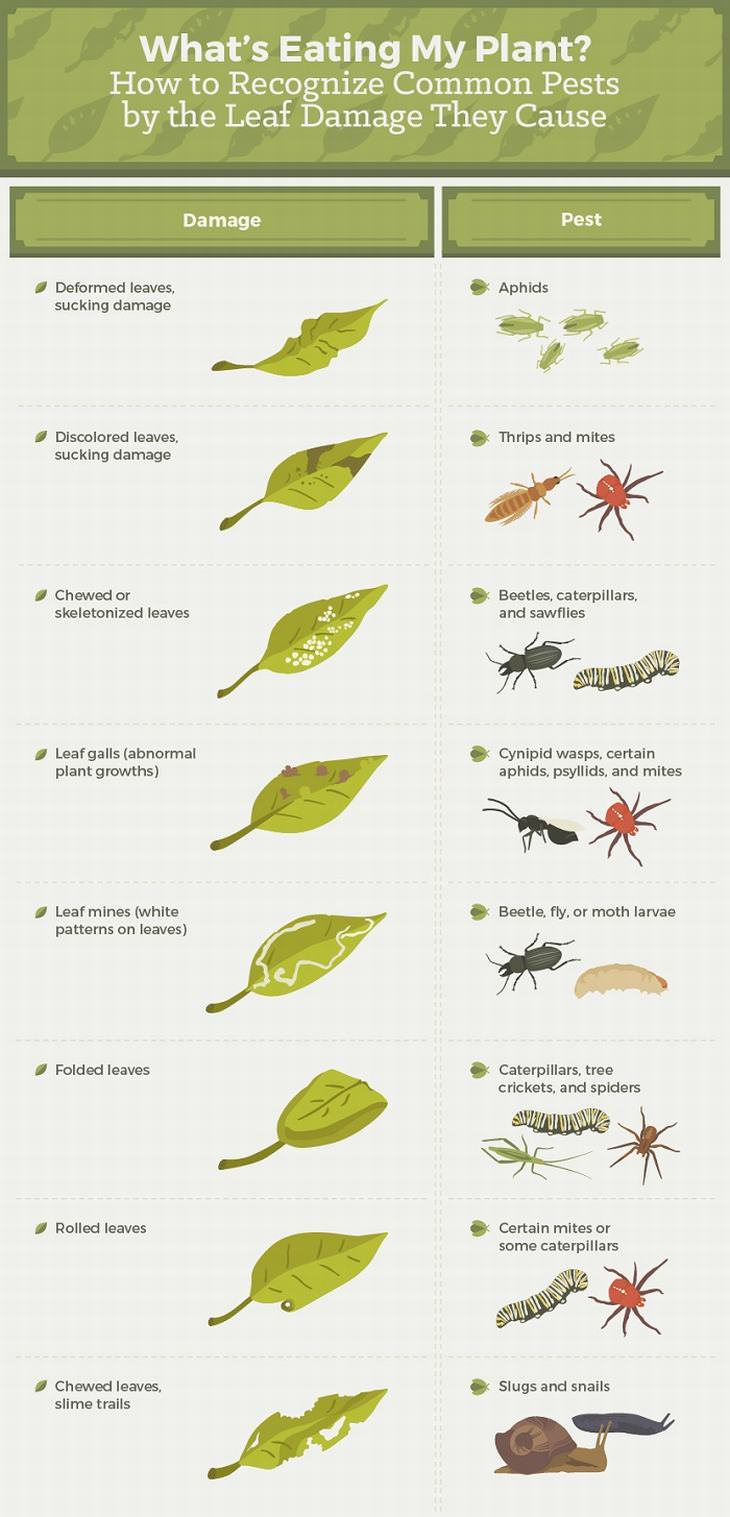
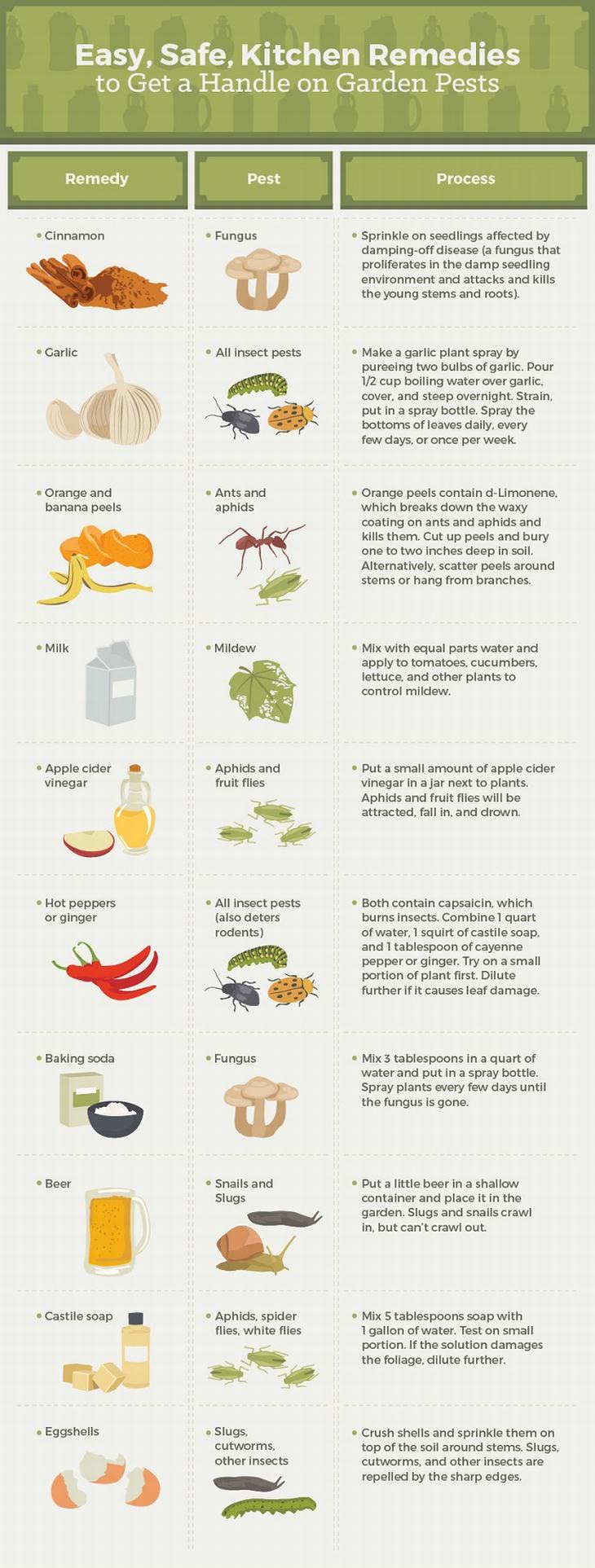
5. When to tolerate garden pests and when to take action
When pest damage gets a little out of hand and may be too high to tolerate, start with the least invasive control method before moving on to chemical cures. Just be sure to do so in the evening when the bees are least active and opt for moderately toxic chemical cures such as neem, horticultural vinegar, lime sulfur and sulfur, boric acid or copper. If pest damage is minimal, you may choose to tolerate pests, as pest control can also harm beneficial pollinators and predators. It is also safe to eat slightly damaged crops or herbs, just be sure to throw out anything that:
It is safe, however, to eat herbs or crops that have a few holes or look as though they have been nibbled on by insects. Just cut off any damaged areas and enjoy the rest!
Source: fix.com
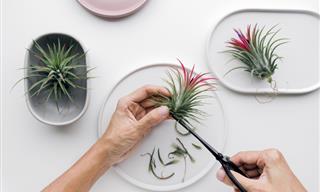
The Definitive Guide to Air Plants: Grow Without Soil
Learn how to grow and care for air plants, a cool and low-maintenance addition to your indoor garden.

What is Palo Santo and How Can You Use it For Pain?
Palo santo can be used both for physical and spiritual purposes. Learn how
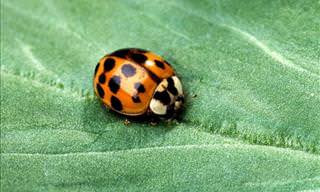
10 Beneficial Insects Your Garden Needs Right Away
Keep pests at bay in your garden with this handy guide.
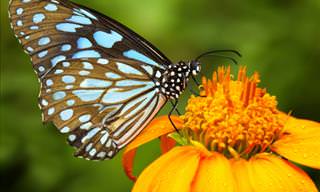
Expect to See Lots of Butterflies with These Flowers
Here are 15 flowers you should add to your outdoor space in the hope of seeing more beautiful butterflies.
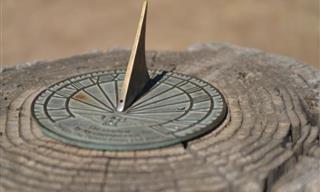
4 Ways to Tell Time Without a Watch
Phone battery died? These methods will help you tell the time by relying solely upon the sun - no watch needed!
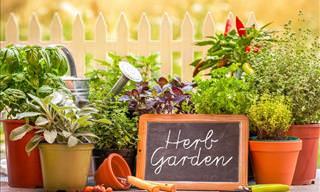
Your Herb Garden Will Flourish with These Helpful Tips!
The following six tips will help you grow an abundance of herbs round the year.

Read This to Deal With That Terrible Smell In Your Fridge!
If there's a bad odor in your refrigerator, then this guide will show you exactly how to get rid of it quickly and easily.
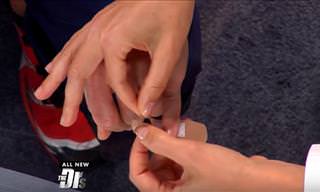 1:22
1:22
Doctors Reveal: How to Keep that Adhesive Bandage Sticking!
This simple trick will get adhesive bandages to stay on securely, properly protecting your wound from exposure to infection.

Home Sanitizing Is Easy With These DIY Disinfectant Wipes!
This article shows you how to make disinfectant wipes at home 3 ways using just three ingredients you already have at home.
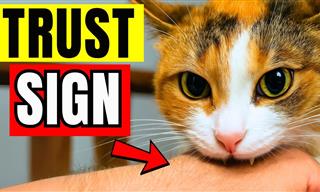 20:02
20:02
10 Gratifying Things Your Cat Does When It Loves You
Don’t miss these powerful signs that prove your cat truly adores you!
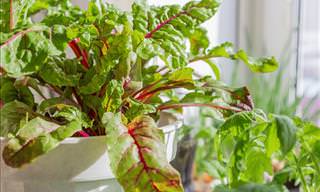
Learn How to Grow Your Favorite Fruit and Veggies Indoors
All these plants are delicious, packed full of healthy nutrients and easy-to-grow even if you don’t have a yard or garden
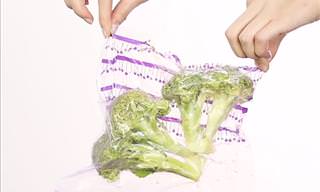 11:26
11:26
These 40 Incredible Kitchen Hacks Are Too Good to Be True
If you love cooking, but hate all of the stress and hassle that it can entail, then this video is perfect for you!
 4:50
4:50
5 Signs You’re Actually a Better Driver Than You Think
Let's look at the five key indicators of skilled driving that often go unnoticed.

WARNING! This Common Ingredient Could Be Fatal to Cats!
They say that curiosity killed the cat, but new studies now show that certain essential oils may kill your cats too if you're not careful. Learn why here...
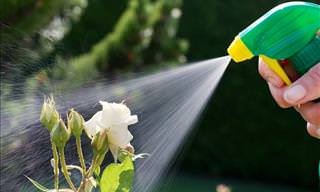
How to Make Organic Pesticides Using Plants in Your Garden
Got some annoying critters in your garden eating all your plants? Try these natural pesticides!
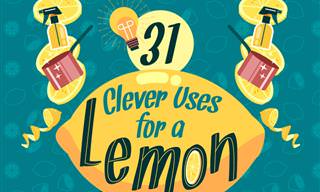
31 Genius Uses for Lemon That Are Worth Knowing
Did you know that lemons could help you clean, cultivate, and even give first aid? Discover 31 brilliant uses of lemon....

Relieve and Restore an Itchy or Dry Scalp with These Masks
3 simple, at-home hair masks that will nourish your scalp and relieve the itching and flaking brought about by a dry or flaky scalp

9 Natural Beauty Secrets to Make Your Skin Look Younger
Anyone who comes across a grandmother with a smooth, shiny complexion knows that her creams are all natural, so it's time to find out what's in them ...

8 Genius Ways to Save Your Phone’s Battery While Traveling
Save your phone battery while traveling with these smart tips.

How Often to Change Your Water Filter - 3 Filter Types
Regularly changing the water filter is crucial if you want to maintain clean drinking water. Here's how often you should change 3 common filter types

The 12 Perfect Rose Bushes for Beginner Gardeners
These wonderful roses require minimal maintenance, which makes them perfect for beginning gardeners!
 15:52
15:52
Stop Overpaying! Book Cheaper Flights With These Hacks
These six simple hacks will help you save hundreds on airfare.
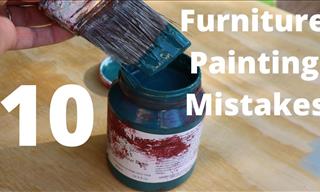 18:55
18:55
How to Avoid 10 Common Furniture Painting Mistakes
See this video about common furniture painting mistakes before you decide to repaint your furniture

Your Body Can Do More Things For You Than You Ever Knew
If you suffer from the odd ache and pain, you'll be glad to know that you can make them go away simply by knowing these 14 fantastic body hacks.

Green Noise: A New Sound for a Better Night’s Sleep
You’ve likely heard of white noise, but have you tried green noise?

Tired of Socks Wearing Out Too Soon? These Tips Will Help!
Tired of buying packs and packs of socks all the time? With the help of these 5 useful and simple tips, you'll make your socks wear much longer!

Say Goodbye to Rotten Fruits & Veggies with These 12 Tips
The way you store your groceries can affect their shelf life. These 12 tips will help keep your fruits and vegetables fresh for longer.

Items You Keep on the Kitchen Counter But Really Shouldn’t
Do you keep a knife holder on the kitchen counter? What about a jar with coffee or spices? Learn why that’s probably a bad idea...

6 Homemade Shampoos For Various Hair Types and Conditions
Anyone who isn’t happy with their current shampoo can try making homemade shampoo. This article offers 6 recipes and tips for making DIY shampoo.
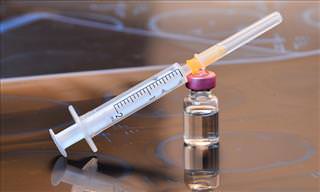
Try These Methods If You Happen to Sweat Excessively
Excessive sweating can be an embarrassing problem, but luckily, there are many different methods to use in order to halt it in its tracks. Discover them here.

Don't Throw Away That Shower Curtain Liner Just Yet
Here are 10 clever ways to clean, upcycle, or reuse a shower curtain before you throw it away for good.

Avoid These Common Thanksgiving Turkey Mistakes This Year
Cooking a turkey this Thanksgiving ? Don’t make these mistakes!

17 Inexpensive Ideas to Add Some Style to Your Kitchen
Simple and inexpensive fixes to spruce up the most functional room in your home.
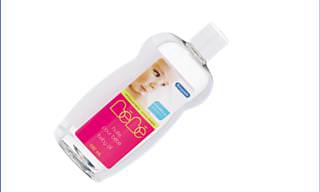
Baby Oil Can Do Things You Never Even Considered!
Baby oil is usually used to keep your baby's skin soft, but in the next article, you'll get ideas for six more effective and surprising ways to use it.
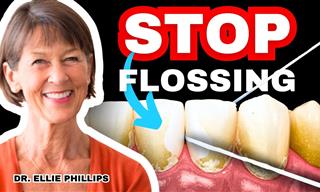 29:09
29:09
What Dentists Don’t Always Tell You About Flossing
There’s a lot more to flossing your teeth than you were told...
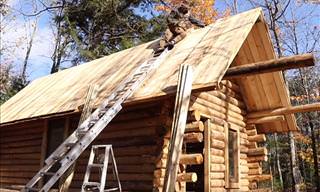 4:59
4:59
Incredible! This Log Cabin Was Built by Just One Man
Watch a timelapse of the construction of a log cabin by just one man, starting from the first tree he felled up until the very last floorboard was laid.

Aging Hands? Keep Them Looking Young with These Tips
With proper care, and this handy advice, your hands will keep your age hidden for longer.
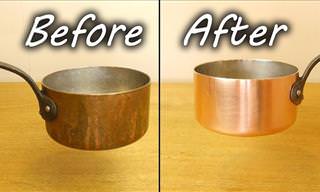 1:30
1:30
This Is How to Effortlessly Clean Copper Pans
Make your copper pots and pans look brand new once again, using only some household supplies that you've probably got laying around at home.
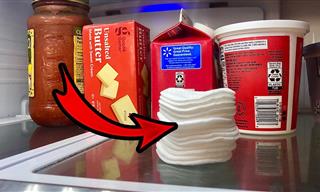 1:49
1:49
Sanitize and Diminish Odors in Any Space in 1 Minute
This tip will deodorize and sanitize the air in any fridge, cabinet, or any other small space.
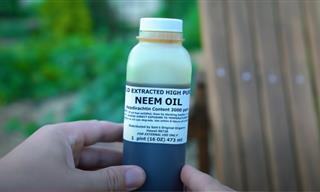 9:37
9:37
Why Every Gardener Should Have a Bottle of Neem Oil
Neem oil is a natural, plant-derived substance capable of treating and preventing several kinds of plant pests and diseases.

Infographic: 10 Ways to Fall Asleep on a Plane
This infographic covers 10 practical, proven ways to fall asleep on planes,
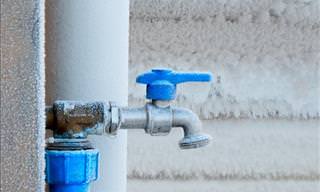
Stop Your Pipes From Freezing with This Simple Hack
Don't let your pipes freeze this winter! Here's how to go about it.
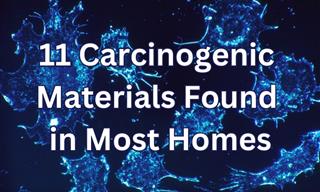
WARNING: These 11 Carcinogens are Lurking in Your Home
There are many things lurking in our home that are dangerous to us, but these 11 items are the most surprising!
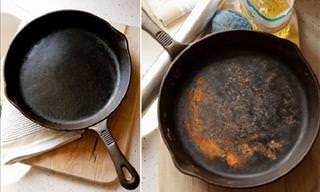
9 Ultimate Methods for Stain Removal around the House
Things we;ve had for a long time tend to lose their fresh-out-the-box look but this can be remedied! These methods will help you remove those stubborn stains!
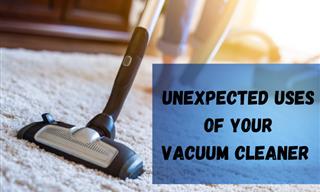
9 Unexpected Uses of Your Vacuum Cleaner
Your vacuum cleaner has these unusual and surprisingly helpful advantages.
 9:07
9:07
How to Relieve Foot Pain in Less Than a Minute
Learn to relieve foot pain in a matter of minutes or even less than a minute with these exercises.

Why Your Kitchen Sink Has Low Pressure & How to Fix It
Here are some practical solutions to boost your kitchen sink's water flow.
To enable your Ad-Free Subscription, please fill the fields below
Your subscription was successful, now you can enjoy an ad-free experience!! Note: To make sure you get no ads, please make sure to log in to your account. If you are logged in already, then refresh the page. The subscription can be cancelled at any time.


